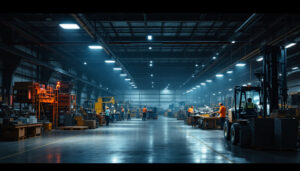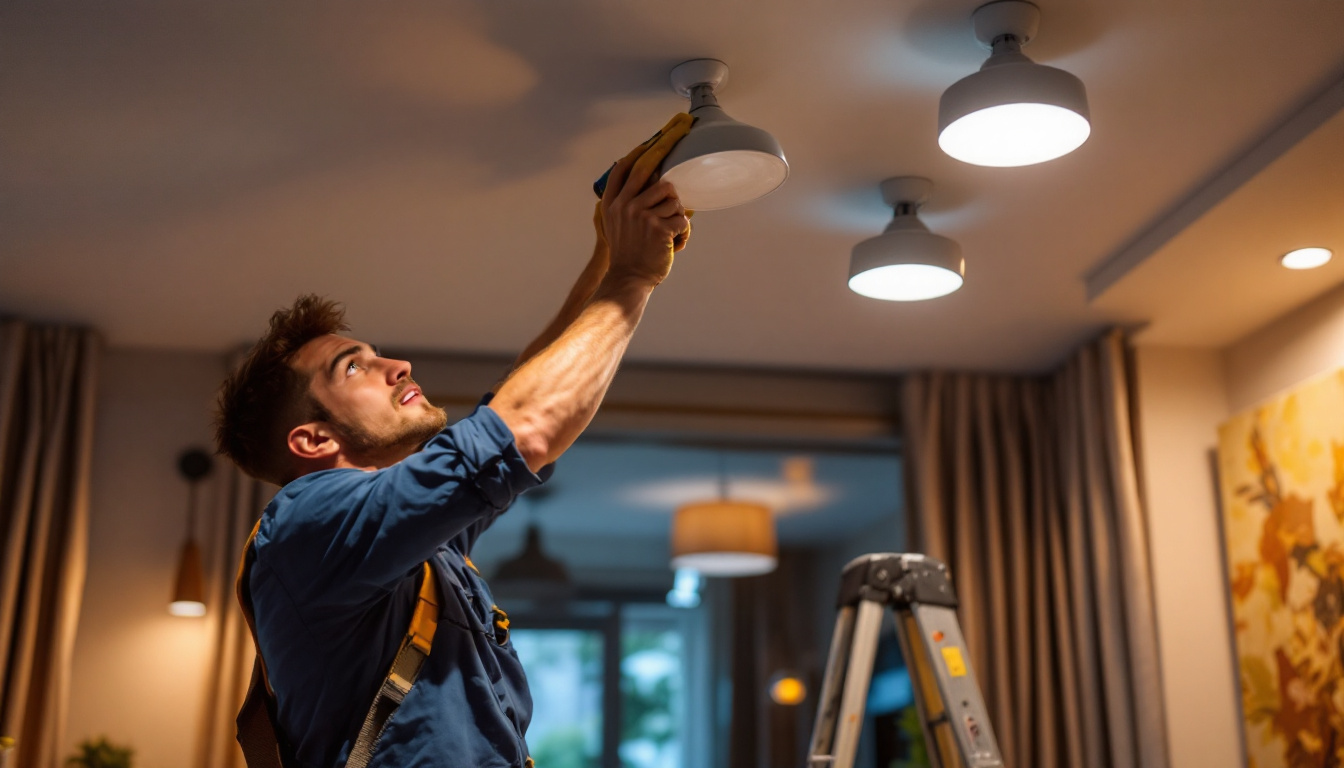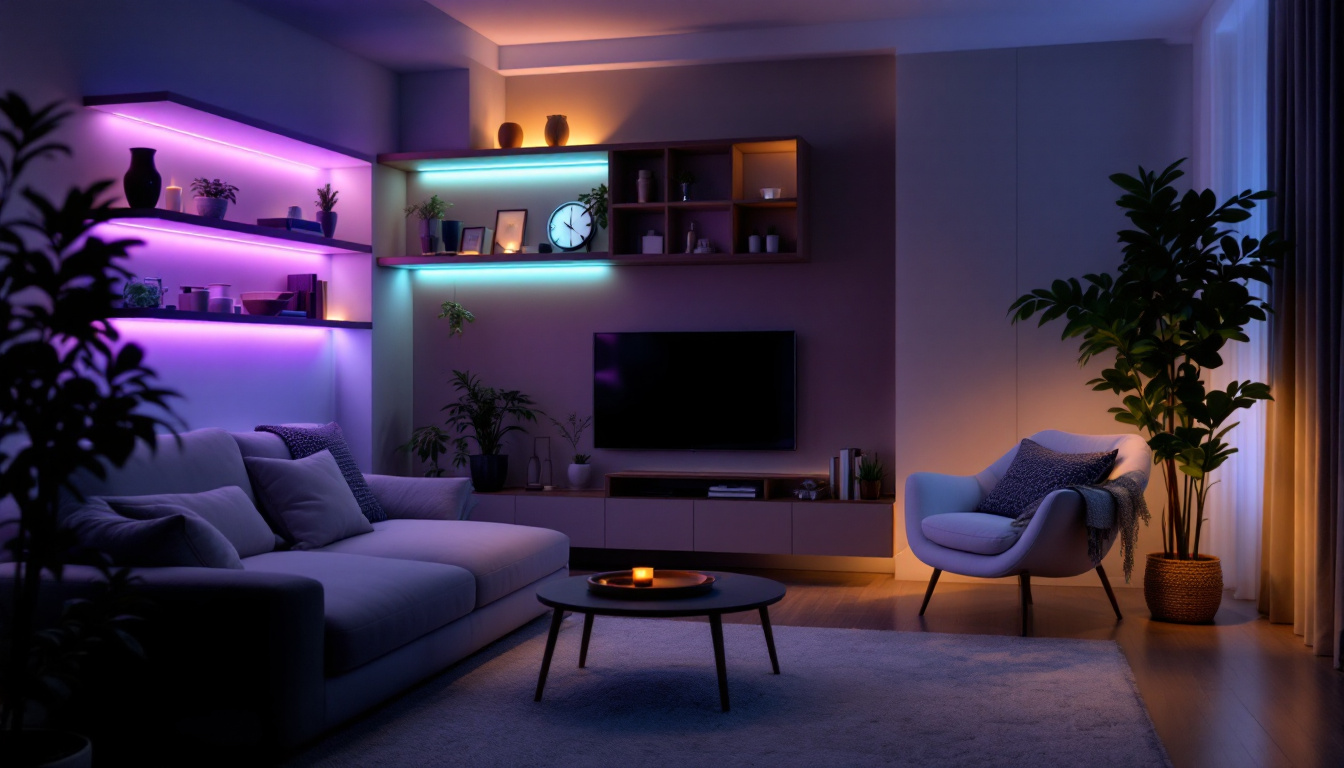

As the demand for energy-efficient lighting solutions continues to rise, many homeowners are considering the transition from traditional recessed lighting to LED fixtures. For lighting contractors, this shift presents both challenges and opportunities. Understanding the nuances of this change can set a contractor apart in a competitive market. This article delves into the essential aspects of converting recessed lighting to LED, offering insights and secrets that can enhance your service offerings.
One of the most compelling reasons to switch to LED lighting is its energy efficiency. LEDs consume significantly less power than traditional incandescent or halogen bulbs, leading to substantial savings on electricity bills. This reduction in energy consumption not only benefits the homeowner financially but also contributes to a lower carbon footprint, making it an attractive selling point for environmentally conscious clients. Furthermore, as energy costs continue to rise, the long-term savings associated with LED lighting become even more pronounced, allowing homeowners to allocate their budgets toward other essential areas of their lives.
LED lights have a much longer lifespan compared to conventional lighting options. While traditional bulbs may last around 1,000 hours, LEDs can last anywhere from 15,000 to 50,000 hours or more. This longevity translates to fewer replacements and less maintenance, which is a significant advantage for homeowners looking for hassle-free lighting solutions. Additionally, LEDs are built to withstand more impact and vibrations, making them an ideal choice for both indoor and outdoor applications. This durability means that homeowners can enjoy peace of mind knowing their lighting will remain functional and effective for years to come, even in challenging environments.
LEDs provide superior quality of light, offering better color rendering and consistency. This feature is particularly important in residential settings where aesthetics matter. Homeowners can enjoy a brighter, more vibrant atmosphere without the harsh glare often associated with older lighting technologies. Educating clients about these benefits can help them appreciate the value of investing in LED upgrades. Moreover, the ability to choose from a wide range of color temperatures allows homeowners to create the perfect ambiance for any occasion, whether it’s a warm, cozy glow for family gatherings or bright, cool light for focused tasks. The versatility of LED lighting can transform spaces, enhancing both functionality and visual appeal.
In addition to their energy efficiency, LED lights have a significantly lower environmental impact than traditional lighting options. Unlike incandescent bulbs, which release a large amount of heat and waste energy, LEDs convert most of their energy into light, making them a much more sustainable choice. Furthermore, LEDs do not contain harmful substances like mercury, which is often found in fluorescent bulbs, thus posing less risk to the environment during disposal. As more people become aware of the importance of sustainability, the shift toward LED lighting not only aligns with personal values but also supports broader environmental goals.
Another exciting aspect of LED lighting is its compatibility with smart home technology. Many LED fixtures can be integrated into smart home systems, allowing homeowners to control their lighting remotely via smartphone apps or voice commands. This level of control not only enhances convenience but also enables users to optimize their energy usage further by scheduling lights to turn off when not needed or adjusting brightness levels based on the time of day. As technology continues to evolve, the possibilities for LED lighting integration will only expand, making it an even more appealing option for tech-savvy homeowners looking to streamline their living spaces.
Before making the switch, it’s crucial to assess the existing recessed lighting fixtures. Not all fixtures are compatible with LED bulbs, and some may require modifications. Check the housing type, trim style, and whether the fixture is rated for LED use. If the existing fixtures are not compatible, it may be necessary to replace them entirely or opt for retrofit kits designed for LED integration.
When transitioning to LED, understanding wattage and lumens is essential. LEDs use less wattage to produce the same amount of light as traditional bulbs. For instance, a 60-watt incandescent bulb can be replaced with a 10- to 12-watt LED. Educating clients about this conversion can help them make informed decisions about the brightness levels they desire in their spaces.
Another critical factor is color temperature, which affects the ambiance of a room. LEDs are available in various color temperatures, typically measured in Kelvin (K). Warmer tones (2700K-3000K) create a cozy atmosphere, while cooler tones (4000K-5000K) are more suitable for workspaces. Discussing these options with clients can help tailor the lighting to their specific needs and preferences.
Proper installation of LED recessed lighting requires specific tools and materials. Essential tools include a voltage tester, wire strippers, a screwdriver, and a drill. Additionally, having the right LED bulbs or retrofit kits on hand is crucial for a smooth installation process. Ensuring that all materials are compatible with the existing electrical system will prevent potential issues down the line.
The installation process can vary depending on the specific fixtures and the existing setup. However, a general step-by-step approach includes:
By following these steps, contractors can ensure a professional and efficient installation that meets client expectations.
While installing LED recessed lighting, contractors may encounter several challenges. One common issue is dealing with incompatible fixtures, which may require additional modifications or replacements. Another challenge is managing the existing wiring, particularly in older homes where wiring may not meet current standards. Being prepared for these potential hurdles can streamline the installation process and enhance client satisfaction.
The cost of upgrading to LED recessed lighting can vary widely based on several factors, including the type of fixtures, the number of lights being replaced, and any necessary modifications. While the initial investment may be higher than traditional lighting options, the long-term savings on energy bills and maintenance can make LEDs a more economical choice over time. Providing clients with a detailed breakdown of costs can help them understand the value of their investment.
To remain competitive, contractors must develop pricing models that reflect the quality of their work while still appealing to clients. Consider offering tiered pricing based on the complexity of the installation and the quality of the materials used. Additionally, providing package deals for multiple installations can incentivize clients to choose LED upgrades for their entire home.
Many homeowners may hesitate to invest in LED upgrades due to upfront costs. Offering financing options can alleviate this concern and make the transition more accessible. Collaborating with financial institutions or providing in-house financing solutions can enhance client satisfaction and increase the likelihood of securing more projects.
In today’s digital age, having a robust online presence is vital for attracting clients. Contractors should invest in a professional website that showcases their LED lighting services, including before-and-after photos, client testimonials, and detailed descriptions of the benefits of LED upgrades. Utilizing social media platforms can also help reach a broader audience and engage potential clients.
Content marketing is an effective way to educate clients about the advantages of LED lighting. Creating informative blog posts, videos, and infographics can position contractors as experts in the field. Sharing this content on social media and through email newsletters can keep clients informed and engaged, ultimately leading to more inquiries and conversions.
Building relationships with other professionals in the industry can lead to valuable referrals. Collaborating with interior designers, real estate agents, and home improvement stores can create a network of potential clients. Attending trade shows and local events can also help contractors establish their presence in the community and showcase their expertise in LED lighting solutions.
The lighting industry is constantly evolving, with new technologies and products emerging regularly. Contractors should prioritize continuing education and training to stay informed about the latest advancements in LED lighting. Participating in workshops, webinars, and industry conferences can provide valuable insights and enhance skills, ultimately benefiting clients.
As energy efficiency standards become more stringent, contractors must stay updated on relevant regulations and codes. Understanding local building codes and energy efficiency requirements is essential for ensuring compliance and providing clients with the best possible solutions. Regularly reviewing these regulations can prevent costly mistakes and enhance a contractor’s reputation.
Smart lighting technology is becoming increasingly popular among homeowners. Integrating smart LED solutions into recessed lighting installations can offer clients enhanced control over their lighting systems. Educating clients about the benefits of smart lighting, such as remote control and automation, can set contractors apart and position them as forward-thinking professionals in the industry.
Transitioning from traditional recessed lighting to LED fixtures presents a wealth of opportunities for lighting contractors. By understanding the benefits of LED lighting, assessing existing fixtures, mastering installation techniques, and effectively marketing services, contractors can position themselves as leaders in this growing market. Staying informed about industry trends and embracing new technologies will further enhance their service offerings, ultimately leading to increased client satisfaction and business success.
As the demand for energy-efficient lighting solutions continues to rise, contractors who master the art of LED lighting upgrades will undoubtedly thrive in this evolving landscape. Embracing these changes not only benefits the bottom line but also contributes to a more sustainable future for all.
Ready to take your lighting installations to the next level? At LumenWholesale, we provide lighting contractors with the highest quality, spec-grade LED products at unbeatable wholesale prices. Say goodbye to local distributor markups and hello to a vast selection of reliable, high-performance lighting that meets the strictest industry standards. With free shipping on bulk orders, you can stock up on premium lighting solutions without worrying about hidden fees or compromises. Elevate your service offerings and delight your clients with the perfect combination of quality, affordability, and convenience. Discover the best value in wholesale lighting by visiting LumenWholesale today.

Discover the essential insights every lighting contractor needs to know about fluorescent lights, from energy efficiency and installation tips to troubleshooting common issues.

Discover why purchasing outdoor wall lights in bulk from local distributors might not be the best choice.

Discover how LED tape light kits are transforming modern lighting solutions with their versatility, energy efficiency, and sleek design.

Discover essential insights into drop ceiling lights with our comprehensive guide tailored for lighting contractors.
Get notified when NEW deals are released.
Optimize your budget with wholesale discounts.
Only top-quality, specification-grade lighting products.
No additional costs at checkout - what you see is what you pay.
We understand the unique needs of contractors.